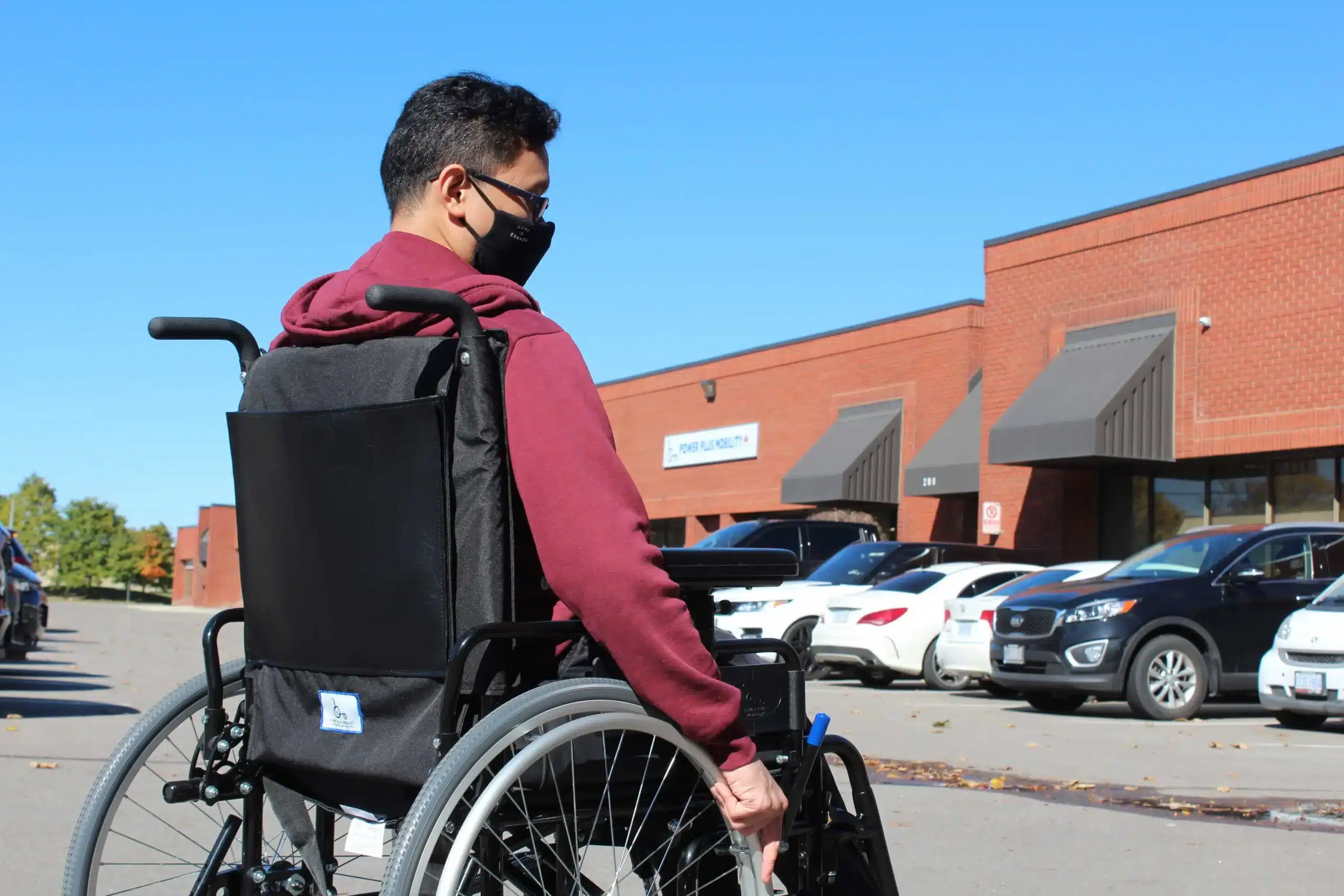A wheelchair is more than just a mobility aid—it’s a lifeline that provides independence, freedom, and quality of life. Whether you use a manual or powered wheelchair, regular maintenance is essential to ensure safety, comfort, and long-term performance.
In this blog, we’ll walk you through the steps to properly maintain your wheelchair, highlight the signs that indicate it’s time for a tune-up, and share some tips that will help extend the life of your equipment.

Why Wheelchair Maintenance Is Important
Routine maintenance isn’t just about avoiding expensive repairs down the road—it’s about keeping the user safe. A poorly maintained wheelchair can lead to discomfort, mobility issues, and even accidents. Simple things like worn tires or a misaligned wheel can pose serious risks if left unattended.
Proper care ensures that the chair runs smoothly, performs optimally, and feels comfortable for the user. Plus, it can save time and money by reducing the chances of sudden breakdowns.
1. Daily Wheelchair Maintenance
You don’t need to be a mechanic to keep your wheelchair in shape. Just a few minutes a day can make a big difference.
Check for Obstructions
Before and after using your wheelchair, check for debris like dirt, hair, or gravel that might get stuck in the wheels or casters. These can affect movement and wear out parts faster.
Inspect the Brakes
Always ensure the brakes are functioning correctly. The brakes should hold the chair in place without sliding. If they feel loose or don’t hold well, they need adjusting or repair.
Wipe Down Surfaces
Use a damp cloth to clean the frame and seat, especially if you’ve been outdoors. This prevents rust, staining, and bacteria build-up.
2. Weekly Maintenance Tasks
Setting aside time once a week for a deeper check can help catch early signs of wear and tear.
Tire Pressure and Wear
If you have pneumatic tires, check the air pressure. Low pressure can affect traction and increase the effort needed to push. Solid tires? Look for cracks or excessive wear.
Wheel Alignment
Misaligned wheels can cause your wheelchair to veer to one side. If you notice uneven movement or tire wear, alignment might be the issue.
Check Upholstery
Look for rips or signs of sagging in the seat and backrest. Worn upholstery can lead to discomfort and poor posture, especially during long periods of use.
3. Monthly Maintenance
Every month, it’s a good idea to perform a more detailed inspection.
Tighten Bolts and Screws
With regular use, bolts and screws can become loose. Check all fasteners, especially those on the frame, footrests, armrests, and wheels. Tighten as needed.
Lubricate Moving Parts
Apply a small amount of lubricant to axles, wheel bearings, and other moving joints to keep everything running smoothly.
Inspect the Battery (for Power Wheelchairs)
If you use a powered chair, make sure the battery is holding a charge. Clean the terminals and ensure the charger is working properly.
4. Seasonal or Biannual Maintenance
Twice a year, it’s wise to give your wheelchair a full inspection or bring it to a professional.
Professional Tune-Up
Even if everything seems fine, a certified technician can catch problems before they turn serious. Consider scheduling a service appointment through our Support page to keep your chair in top shape.
Replace Worn Parts
Depending on usage, some parts may need replacing every 6–12 months, such as tires, cushions, or batteries. If you’re not sure what to replace or when, visit our Wheelchair Accessories section for guidance and replacement options.
Tips for Long-Term Wheelchair Care
- Avoid moisture: Prolonged exposure to water can rust metal components.
- Store indoors: Keeping the wheelchair in a dry, sheltered place extends its life.
- Educate caregivers: Make sure anyone assisting you knows how to fold, push, or lift the wheelchair properly.
- Use manufacturer-approved parts: For replacements or upgrades, always use approved parts to ensure compatibility and safety.
Signs Your Wheelchair Needs Professional Service
- Squeaking or grinding noises
- Unresponsive brakes
- Wobbling wheels
- Loss of battery power (for electric chairs)
- Cracks in the frame or visible rust
Don’t wait for these issues to get worse. If you notice any of these signs, reach out to our Contact Us page to speak with our support team directly.
We’re Here to Help
Maintaining a wheelchair can feel overwhelming, but you don’t have to do it alone. Our team is here to support you every step of the way. If you ever need replacement parts, routine service, or just some advice, our Support page has all the resources you need.
Still have questions? Visit our Contact Us page to speak directly with our team. We’re always happy to help keep you moving safely and confidently.
To visit our social media please click on Facebook and Instagram




